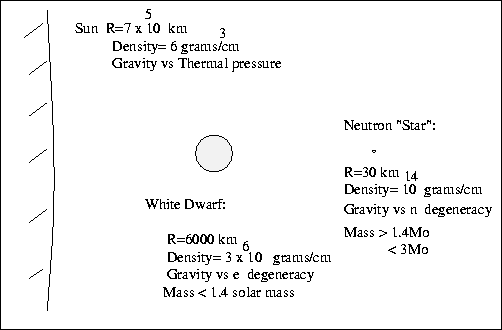Back to the Milli-second pulsars
These are in mass-transfer systems and give rise to an interesting
class of ![]() sources.
sources.
In the 1960's the first x-ray detectors where launched via rockets and balloons to catch a little glimpse of the x-ray sky. 9Recall that x-rays don't make it through the Earth's atmosphere).
To everyone's surprise, there were lots of bright x-ray sources in the sky, most of them in the plane of the Galaxy.
Eventually an x-ray detecting satellite was launched (UHURU) a and catalogued more than 300 x-ray sources in the sky. This set off a big industry of follow-up observations to try and determine what these x-ray sources were.
The sources generally turned out to be uninteresting cool dwarfs with strong chromspheres and coronae, but some were associated with much more exotic things like close binary systems comtaining neutron stars.
The x-ray emission comes about when mass transfered from the ordinary star flies down along the magnetic field lines and crashes into the poles of the neutron star. The X-ray emission then is pulsed at the rotational rate of the neutron star (the hot spot comes in and out of view) and sometimes these are also seen as eclipsing systems as the neutron stars becomes hidden by the ordinary star.
For these eclipsing binary systems it is possible to measure
the mass of the neutron star! For the 11 masses so far measured, the
mass is ![]() in 10 cases and
in 10 cases and ![]() in the 11th.
in the 11th.
This is good! Neutron stars are supposed to be greater than
![]() and there is even reason to think that they should all
be pretty close to the Chandrasekar Limit since that is what initiates
the core collapse in a SNII.
and there is even reason to think that they should all
be pretty close to the Chandrasekar Limit since that is what initiates
the core collapse in a SNII.
